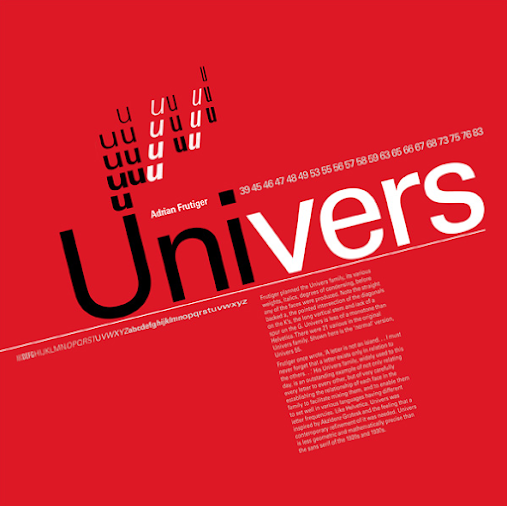The International Typographic Style, otherwise known as the Swiss Style.
During the 1950s a design movement emerged from Switzerland and Germany that has been called Swiss design or, more appropriately, the international typographic style. The objective clarity of this design movement won converts throughout the world. It remained a major force for over two decades, and its influence continues today. (Meggs' History of Graphic Design) It emphasizes cleanness, readability, and objectivity. Hallmarks of the style are asymmetric layouts, use of a grid, sans-serif typefaces like Akzidenz Grotesk, Univers and Helvetica, and flush left, ragged right text. The style is also associated with a preference for photography in place of illustrations or drawings. Many of the early International Typographic Style works featured typography as a primary design element in addition to its use in text, and it is for this that the style is named. (International Typographic Style Wiki) Meggs' History of Graphic Design, 5th edition, Wiley, Chapter 18: The International



